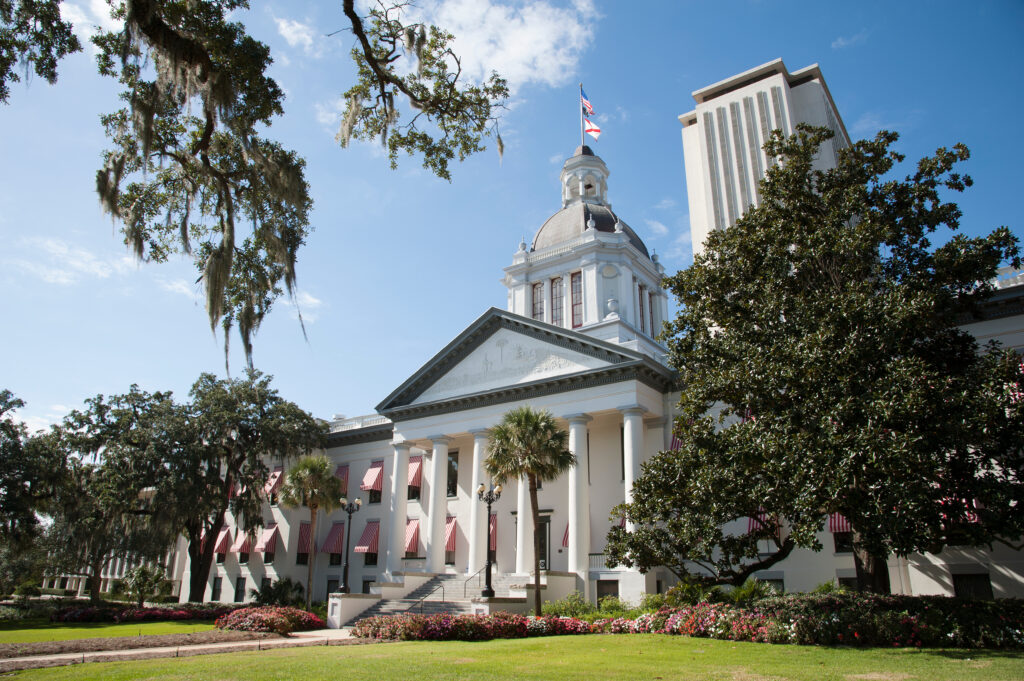The FWD #196 • 716 Words
Another new state law aims to create more affordable housing, from the Everglades to the Panhandle.
Many people usually associate support for affordable housing with more left-leaning political stances. But as we’ve reported many times on this blog, housing is far from a reliably partisan issue. In fact, some of the most recent pro-housing legislation can be found in states with staunch conservative leadership. Take Montana for example, where—among a summer flurry of housing reform—lawmakers made ADUs by-right statewide.
Today, we’re in the Sunshine State. Earlier this year Florida passed the “Live Local Act” (Senate Bill 102), with near unanimous support from both parties.
Let’s look at some of the key parts of this new law.
It pairs historic levels of funding with changes to the laws on how and where housing can be built.
The law dedicates new money to the state’s Housing Trust Fund in the amount of $150 million a year for 10 years, or $1.5 billion overall, to be used for low-interest loans similar to the state’s current SAIL program. On top of that, another $460M in non-recurring funds were included in this bill for mortgage assistance, local government support and a slew of new programs aimed at building the infrastructure to create new affordable housing.
It severely limits what localities can do when it comes to zoning approvals for affordable housing.
According to the new law, an affordable housing development in any commercial, industrial or mixed-use zone can be built to the highest density allowed anywhere in the locality, and to the tallest height allowed within a mile of the site, not less than three stories. In fact, it won’t even be subject to a zoning review or public review process.
It encourages mixed-use, infill development, rehabilitation, and adaptive reuse.
A full 70% of that $150 million per year must be used to redevelop existing affordable housing or build new affordable housing near it. It can also be used for infill development and adaptive reuse, mixed-use development, and housing near military installations. The other 30% is reserved for projects that use or lease publicly-owned land, address housing for former foster children and elderly people, or provide housing in “areas of rural opportunity.”
It uses effective messaging.
One of the key elements to evaluate in these successful legislative efforts is the messaging. How did advocates and policy makers describe the need, benefits and beneficiaries of these bills to appeal to the legislative majority? For Live Local, this was largely a “workforce housing” bill, aimed at creating affordable housing in jurisdictions where the “workforce” works.
It includes not just carrots, but sticks too.
Like most States, Florida encourages localities to plan and develop affordable housing planning by tying financial incentives to those pro-housing policies. But now, there are consequences for localities that don’t build their share of new housing. For example, if a locality is found not to have a comprehensive plan that meets the State’s pro-housing standards, developments in that county are not eligible for certain types of state funding.
It recognizes that time is money.
Not all elements of the act are aimed at financial incentives. The new law also requires certain measures related to expedited permitting and transparency in the zoning approval process, as well as fee waivers.
But it’s not all sunshine and orange blossoms.
While advocates and many business constituencies are ecstatic, localities and their constituents are not uniformly pleased. And there are also critiques from progressives who see several hidden flaws in the bill.
One of the biggest critiques is coming from proponents of rent stabilization. The bill included what some are calling a “poison pill” provision banning local governments from implementing any form of rent control. The bill was passed just months after 60% of voters in Orange County, which includes the City of Orlando, approved a temporary cap on rent increases at 9.8%, which the new law has nullified.
Planner and policy expert Shane Phillips proposes that to create lasting housing affordability, policy needs to address what he calls the “Three S’s:” supply, subsidy, and stability. The Live Local Act appears to do pretty well with regards to the first two—but totally kneecaps the third. How will this strategy work for Florida? We’ll check back in a few years to see what happens.
